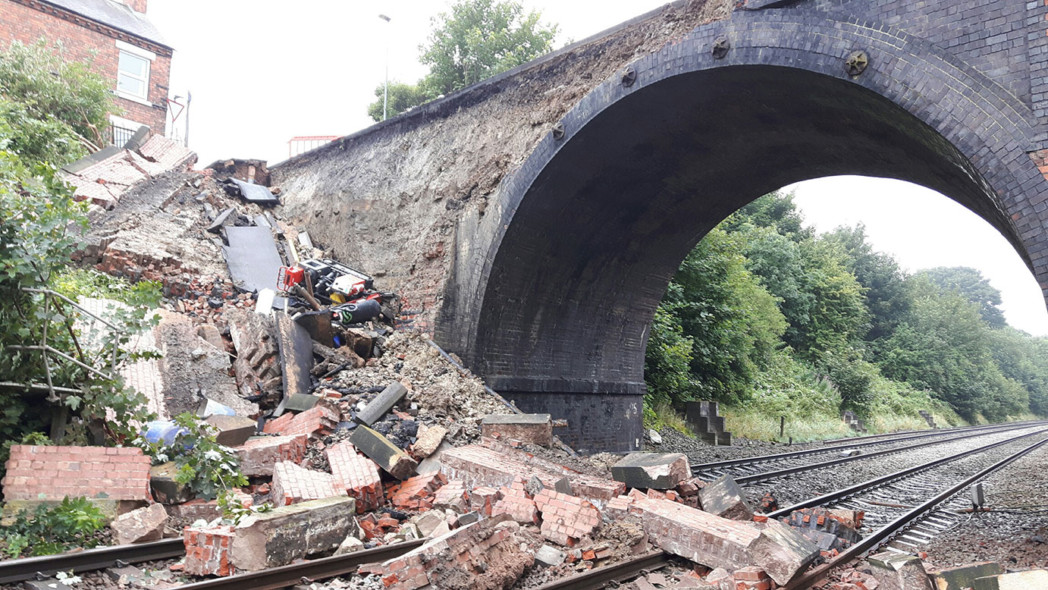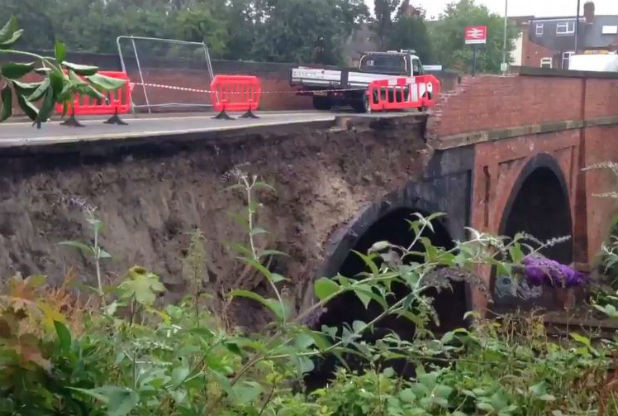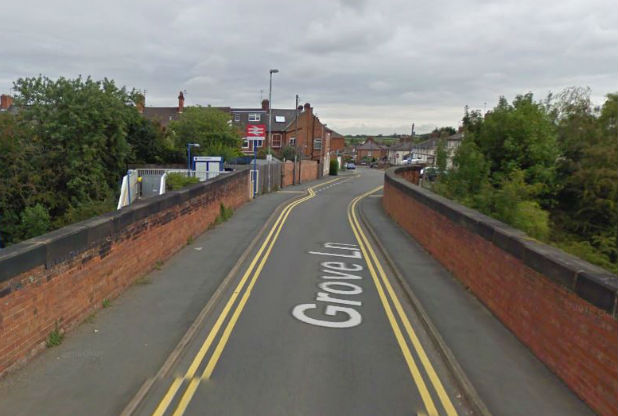
HBPW in Rail Emergency Response Team
7/09/2017 - posted in Bridges, Civils, HBPW News, Inspections, RailNow that the Department of Transport’s Rail Accident Investigation Branch (RAIB) has issued its report into a major East Midlands bridge collapse, HBPW can reveal itself as part of the Emergency Response engineering team called in to help restore rail services in Leicestershire.
Just before midnight on 1st August last year, a bridge carrying Grove Lane in Barrow upon Soar over the Midland Main Line, partially collapsed.
“Network Rail immediately called in AMCO Works Delivery who got in touch. Ross Hardy went to site shortly after midnight and was met by a pretty chaotic scene that rapidly attracted considerable media interest,” said Partner, Paul Monaghan.

Another collapse perspective
Fortunately five workers got clear, no-one was injured and there were no trains on the immediate approach to the bridge at the time, although two of the four railway lines were completely obstructed with debris on a third.
The existing bridge was immediately closed to vehicle traffic and a temporary works solution of reinforced spray concrete and wall anchors was used to stabilise the exposed embankment face. HBPW was then tasked to produce a design for the permanent works reinstatement of the collapsed section of bridge and also design a new trackside location cabinet platform containing rail electrical systems that was also destroyed by the collapsed structure.
“Everything is running smoothly again now but, at the time, it was a stressful scenario requiring of prompt, effective action. All emergency contractors did a brilliant job, enabling Network Rail to restore services as quickly as possible,” added Paul.
The RAIB investigation concluded that the incident occurred because the bridge wall, built around 1840, was not designed to resist overturning.

A Google perspective of the bridge from above
It had also been weakened by a full- height vertical crack. The water main, which ran close to the vertical crack, probably had a slow leak which was causing on-going subsidence in the footpath.
The RAIB report identified a learning point to reinforce the requirement for bridge examiners to report evidence of underground services, and any changes since the previous inspection, to enable a possible connection to be drawn between a water main and observations of defects on bridges under scrutiny.
